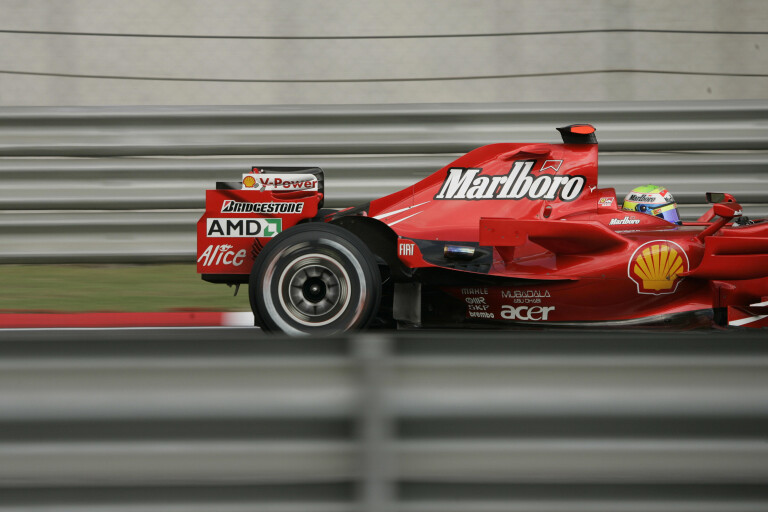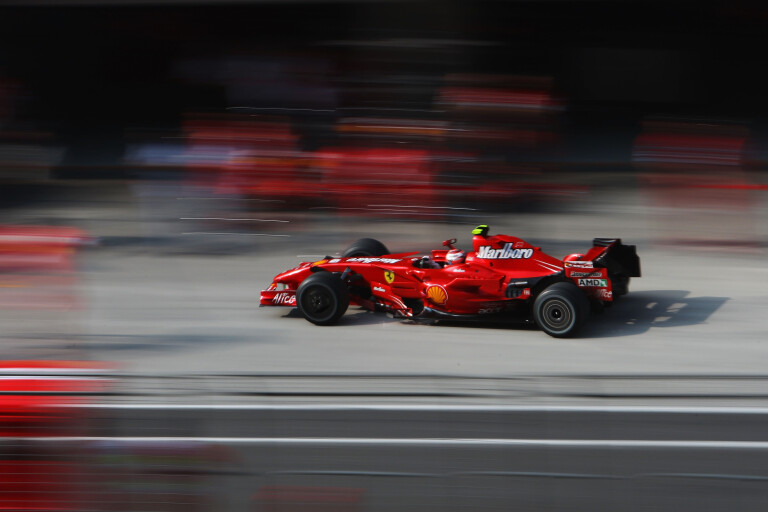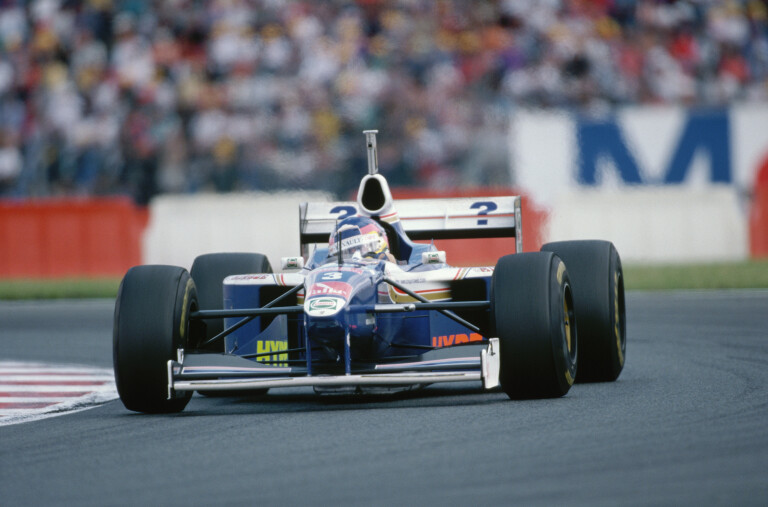
A racing legacy that has lasted for 50 years has come to an end with Phillip Morris International (PMI) – the multi-billion dollar conglomerate that has the uphill task of convincing us of the attractiveness of tobacco products – ending its partnership with the Scuderia Ferrari team. The purpose of PMI’s involvement in F1 is one often misunderstood by racing fans, and its five decade existence is a case study in dark marketing genius.
Despite Marlboro logos being worn by multiple teams across a range of racing disciplines, it is Ferrari that holds the strongest cultural link to the cigarette brand. The pair’s story begins on a very minor scale in 1973, just a year after Marlboro entered F1 for first time with BRM. Initially the tobacco company only technically sponsored Ferrari drivers with logos appearing on helmets and overalls, while McLaren was the squad that bore the red and white chevron on the flanks of its cars. Ferrari first placed Marlboro stickers on its F1 racers in 1984, long before the tobacco company jumped ship properly from Woking to become the Scuderia’s title sponsor in 1997.

For many fans, it’s around the time of Ferrari’s Michael Schumacher/Jean Todt/Ross Brawn domination that the idea of tobacco advertising restrictions first began impacting liveries. The truth, as is so often the case, is found elsewhere.
In fact, PMI’s very involvement in Formula 1 was designed to be a direct reaction to the closing of the curtain on unregulated tobacco advertising. By the mid-late ’80s Marlboro and other cigarette companies were having to get very creative in how they were visually represented on the cars they were gifting huge swathes of cash to in return for public exposure. Marlboro’s design language worked so hard it didn’t even need to introduce itself. Ferrari and McLaren both left a blank space where the logo would usually appear, with the general public filling in the branding in their own mind like a visual Pavlovian reaction.

A fully liveried Marlboro car would race in Formula 1 for the last time at the 2007 Chinese Grand Prix. But so effective were PMI’s subversions of regulations that the company continued to pour huge sums into Ferrari’s race team for another 15 years despite its iconic branding never appearing again. Ferrari itself lent a helping hand in keeping PMI around, with the team’s rebranded logo of 2011 bearing a remarkable resemblance to that of Phillip Morris’ iconic chevron design, this in turn taking the place of the eventually outlawed barcode workaround. Most recently was Mission Winnow, a PMI subsidiary that appeared a thinly veiled attempt at getting the ol’ chevron back onto Ferrari’s engine cowl.
PMI weren’t the only tobacco company that has been fighting regulators in F1, but they are the ones who endured the longest. In 1997 Rothmans got cheeky adding a bold R.? to its WIlliams livery to replace the full name. During the French GP that year the team simply raced with giant question marks on its side pods and rear wing.

Zakspeed was one of the first to run a subversive logo when its West partnership hit advertising bans in the ’80s, instead changing the stickers to read East. McLaren and West would change tack by using the tobacco brand’s type font to spell out the team’s drivers’ names. Tobacco companies seemed to enjoy the cat-and-mouse game of dodging outright advertising bans. BAR used Look Alike signage for its Lucky Strike livery, while Jordan simply removed letters from Benson & Hedges’ name to create ‘Be on edge’. That particular tweak paled to the efforts of ’97 with Bitten & Hisses, and the iconic follow-up, Buzzin Hornets.
Regulations have tightened to the point that these rebranding exercises are all but impossible. Despite the tightening net and PMI’s departure, ciggie money hasn’t completely gone up in smoke. British American Tobacco remains a partner with McLaren, using its Vuse brand to help spruik e-cigarettes. This commercial partnership might be the last puff of an era that has held an intrigue since the first attempts to extinguish the flame. The finish line of a 50-year race is in sight, and while the cunning evasions of Big Tobacco were often entertaining, it’s reassuring that public health has finally won the long game.



COMMENTS